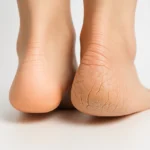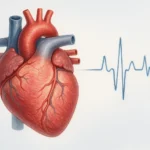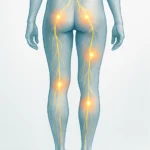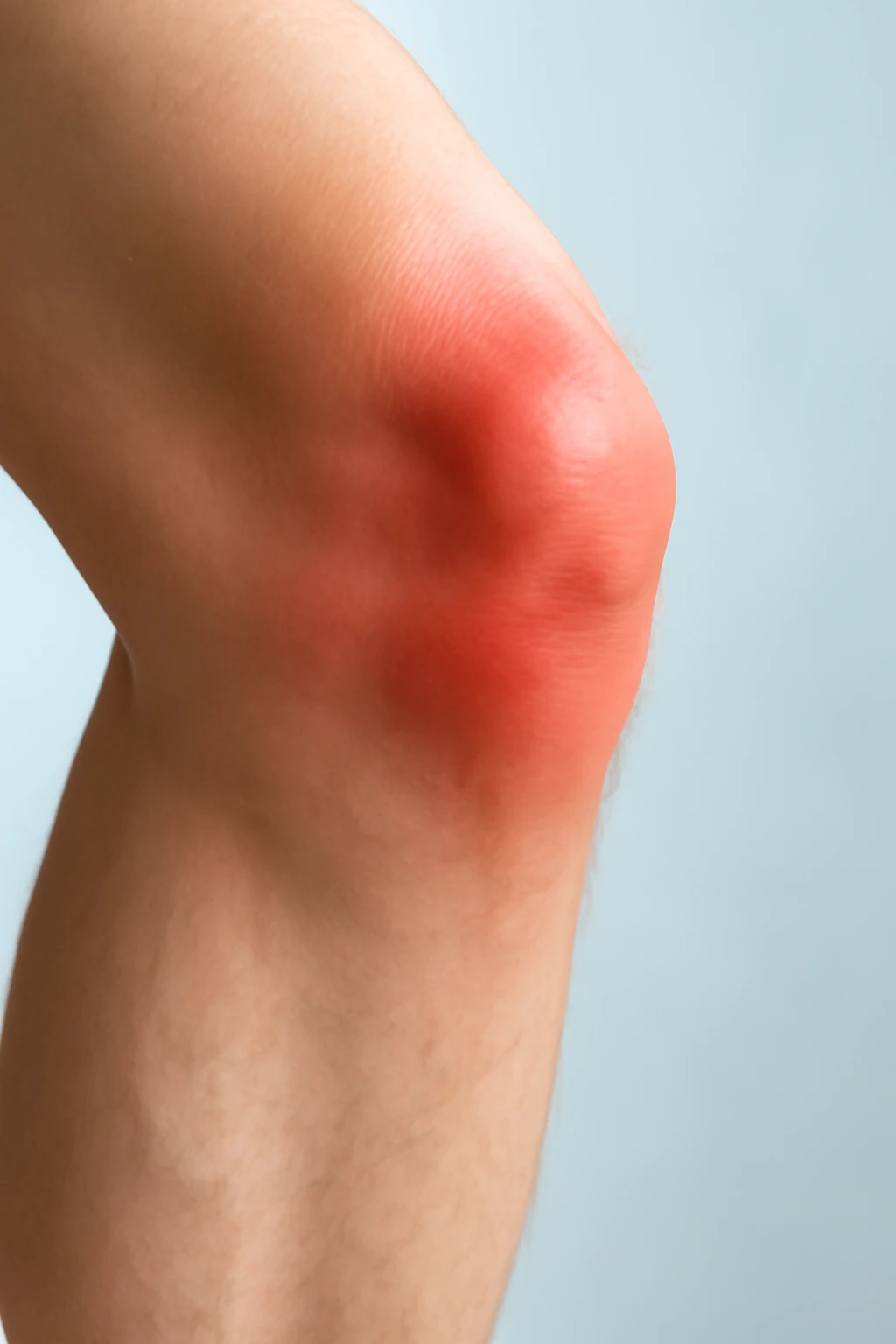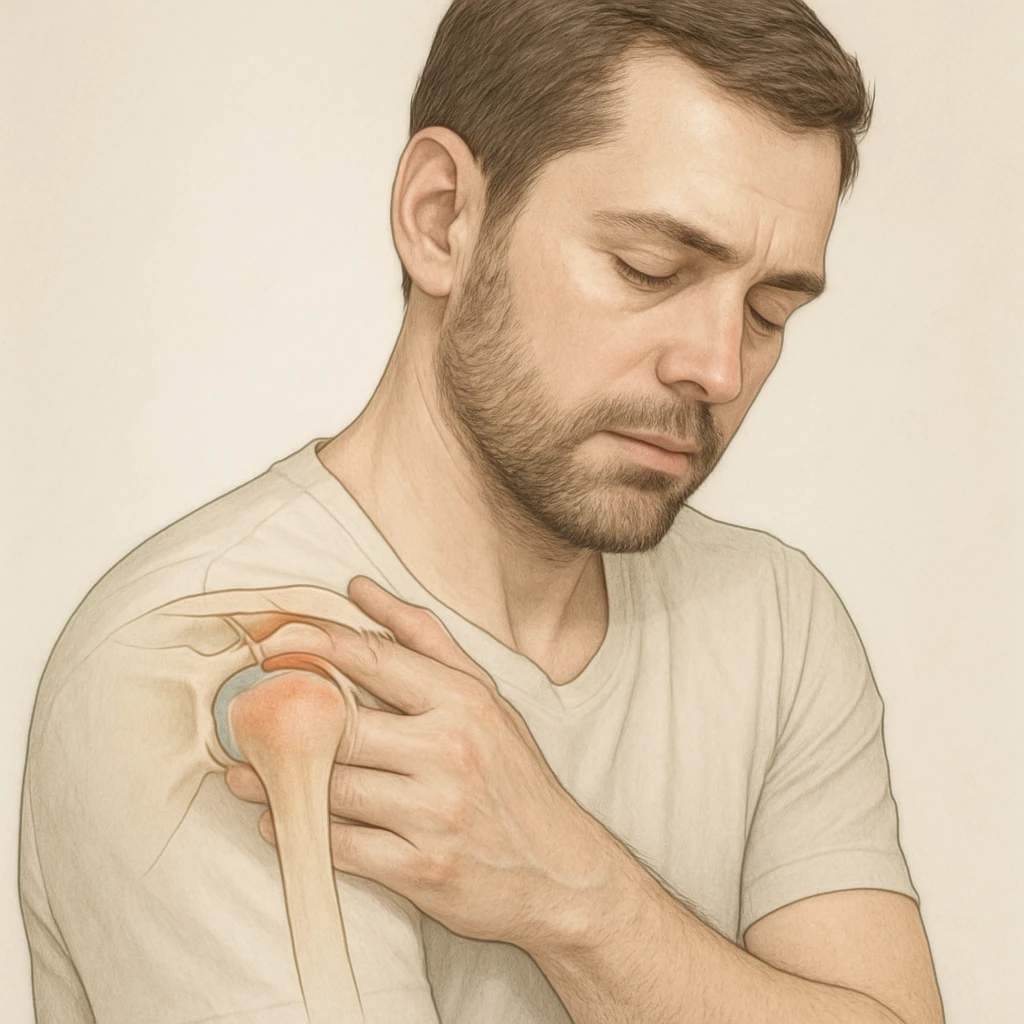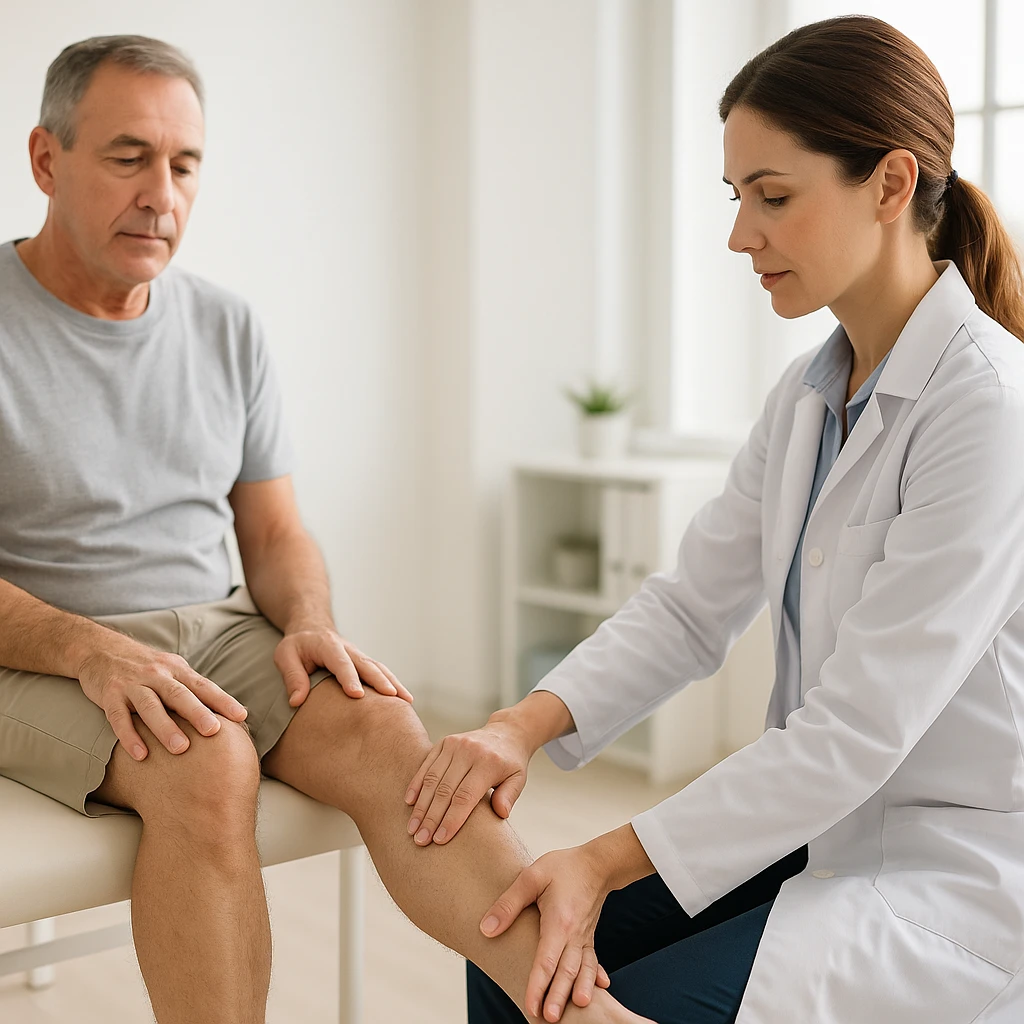
How to Diagnose and Manage Joint Swelling
Joint swelling is a common symptom that can arise from various underlying conditions, such as arthritis, infections, and injuries. It occurs when excess fluid accumulates in or around a joint, causing pain, stiffness, and limited mobility. The most frequent causes of joint swelling include osteoarthritis, rheumatoid arthritis, and conditions like septic arthritis. Timely recognition and diagnosis are crucial for managing joint swelling, as it can lead to further complications if untreated. This article will discuss the key causes of joint swelling, its symptoms, diagnostic methods, and effective treatment options.
Joint swelling is a significant medical symptom that requires prompt attention. It occurs when excess fluid builds up in or around a joint, leading to inflammation, pain, stiffness, and a limited range of motion. While joint swelling can affect anyone, it is particularly prevalent in individuals with chronic conditions such as arthritis, infections, injuries, or fluid accumulation (effusion). Recognizing the causes and symptoms early is crucial, as it can help prevent long-term damage and improve mobility.
Joint swelling is not just a minor inconvenience – it signals an underlying issue that requires diagnosis and treatment. Whether caused by an injury, a condition like osteoarthritis or rheumatoid arthritis, or an infection such as septic arthritis, swelling often requires immediate medical attention. Early intervention can manage symptoms, prevent complications, and improve quality of life.
- Causes of Joint Swelling: Arthritis, injuries, infections, and fluid accumulation (effusion).
- Symptoms: Pain, stiffness, and limited range of motion.
- Importance of Early Diagnosis: Prevent long-term damage and improve mobility.
- Treatment Options: Medications, physical therapy, lifestyle changes, and surgery.
How Joint Swelling is Diagnosed
Diagnosing the cause of joint swelling typically involves a combination of a thorough physical examination, imaging tests, and laboratory tests. These diagnostic tools help healthcare providers identify the source of the swelling and guide treatment.
Physical Examination
The first step in diagnosing joint swelling is a comprehensive physical examination, which assesses:
- The joint’s appearance
- Tenderness
- Range of motion
- Signs of redness or warmth
This physical assessment helps determine if the swelling is due to an injury, infection, inflammation, or a chronic condition like arthritis.
Imaging Tests
Imaging tests provide a clearer view of the joint’s internal structures. Two common imaging techniques include:
- X-rays: Detect bone-related issues such as fractures or joint deformities.
- Magnetic Resonance Imaging (MRI): Provides detailed images of soft tissues, including ligaments and cartilage, to identify issues like torn ligaments or cartilage damage.
Laboratory Tests
Blood tests help identify markers of infection, inflammation, or autoimmune conditions. For example, elevated levels of C-reactive protein (CRP) or erythrocyte sedimentation rate (ESR) can indicate inflammation, while tests for rheumatoid factor or anti-CCP antibodies may point to autoimmune diseases like rheumatoid arthritis.
Joint Fluid Analysis
Joint fluid analysis may be performed to examine fluid from the affected joint. This test can identify signs of infection, crystals (as in gout), or other abnormalities.
Conclusion
A thorough evaluation combining these diagnostic approaches is essential for determining the cause of joint swelling and recommending the most effective treatment to reduce swelling, alleviate pain, and improve joint function.
Treatment Options for Joint Swelling
Joint swelling can be managed through various treatment options depending on the underlying cause. These treatments range from non-surgical approaches, such as medications, physical therapy, and lifestyle changes, to surgical interventions for more severe cases.
Non-Surgical Treatments
Non-surgical treatments are usually the first line of defense for joint swelling. These include medications, physical therapy, and lifestyle changes.
Medications
Nonsteroidal anti-inflammatory drugs (NSAIDs) are commonly used to reduce pain and inflammation. For more severe cases, corticosteroids may be prescribed to provide stronger anti-inflammatory effects.
Physical Therapy
Physical therapy focuses on exercises and stretches to strengthen muscles, improve range of motion, and reduce stiffness. A physical therapist will guide you through exercises tailored to your specific needs.
Lifestyle Modifications
Maintaining a healthy weight and engaging in low-impact exercises, such as swimming or cycling, can help manage joint swelling by reducing stress on the affected joint and improving mobility.
Immediate Care for Joint Effusion
For joint effusion, the R.I.C.E. method can be effective in managing symptoms:
- Rest: Avoid putting stress on the swollen joint.
- Ice: Apply ice to reduce swelling.
- Compression: Use a bandage or brace to reduce swelling.
- Elevation: Elevate the joint to encourage fluid drainage.
Surgical Interventions
If non-surgical treatments are insufficient, surgery may be necessary. Surgical options include arthroscopy to remove damaged tissue or joint replacement surgery, where the damaged joint is replaced with an artificial one. Early intervention can help prevent further joint damage and improve long-term outcomes.
Conclusion
Managing joint swelling requires a comprehensive approach that includes both non-surgical and surgical treatments. Early intervention is crucial for reducing swelling, alleviating pain, and improving joint function.
